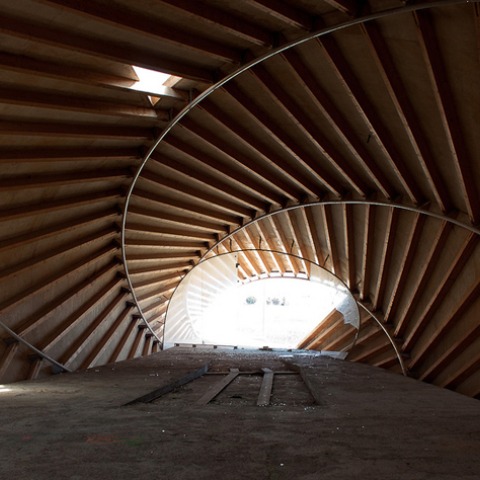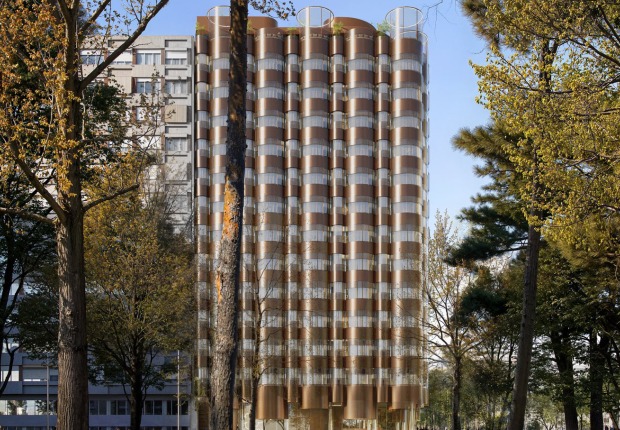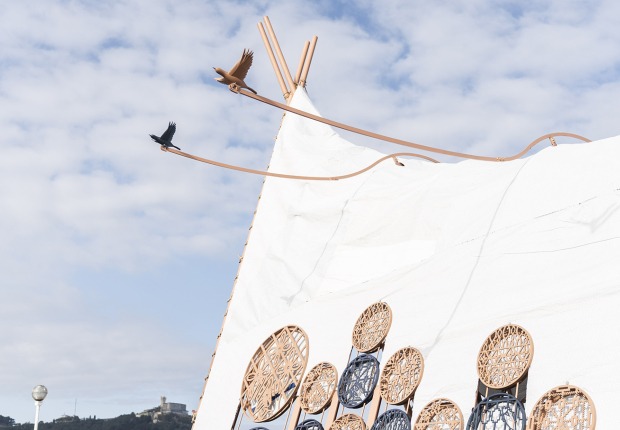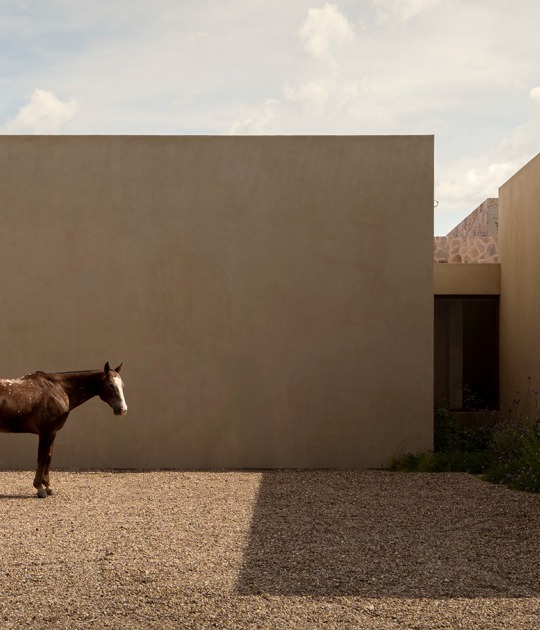Un incendio destruye en Torrevieja una construcción del arquitecto japonés Toyo Ito. El estudio de arquitectura y paisajismo Barbarela Studio, que trabaja en un proyecto de investigación para catalogar y analizar Ruinas Contemporáneas, analiza la ‘crónica de una muerte anunciada’, la del Parque de Relajación de Torrevieja, destruido esta semana en un incendio.
Alicante, 7 de marzo de 2012.- “La caracola de Toyo Ito en Torrevieja no ha sido sólo una víctima de la crisis económica, aunque intentarán convencernos de ello. Ha sido también víctima de la mala gestión, de la desidia, de la falta de ilusión e imaginación, de no escuchar, de cerrar los ojos, de no cuidar el patrimonio, y de no proponer un nuevo uso acorde con el edificio construido y el bajo presupuesto actual”.
Es la reflexión de Nathalie Gidrón, del estudio de arquitectura y paisajismo Barbarela Studio, sobre las circunstancias que rodean al incendio que ha destruido el Parque de Relajación de Torrevieja, diseñado por el prestigioso arquitecto japonés Toyo Ito, y cuyo abandonó inspiró la puesta en marcha del proyecto de Barbarela Studio ‘Ruinas Contemporáneas’, expresión acuñada a raíz de la exposición El jardín del Sr. Ito realizada en marzo de 2010 en Alicante. Este trabajo analiza y cataloga construcciones como ésta, realizadas durante los siglos XX y XXI y que hoy se encuentran abandonadas y en estado ruinoso.
Sobre la obra de Toyo Ito, Nathalie Gidrón explica que “era obvio que no podía seguir siendo aquel ambicioso proyecto del año 2000, un parque de relajación o balneario de lodos con tres edificios, dunas de 10 metros de altura y planes de hoteles y regeneración turística en los alrededores. Pero, ¿por qué no podría reciclarse y convertirse en algo más modesto? ¿Todavía nadie se da cuenta que las palabras reciclaje y reutilización no son términos pasajeros de moda sino que son deberes obligados como nuevas políticas de gestión?”
Según Nathalie Gidrón, “la preciosa caracola de Toyo Ito podría haber sido algo siempre y cuando hubiera habido ganas de salvarlo. Pero no las ha habido y el silencio administrativo ha acallado las voces populares. De nada han servido las reivindicaciones de algunos políticos, artículos publicados en prensa, entrevistas, programas en TV, exposiciones o incluso “meneos” y opiniones generadas en portales virtuales”.
Nathalie Gidrón cree que en este caso ha vuelto a anteponerse el pensamiento gris a la luz, pues Torrevieja pierde su mayor pieza de arquitectura contemporánea, de interés internacional y de un valor incalculable que superaba con creces las gigantescas cifras gastadas en la obra inacabada.
El pabellón helicoidal de madera era un espacio algo etéreo, un poco mágico e hipnótico pues la luz bañaba la madera de forma irregular y las costillas proyectaban sus sombras impredeciblemente consiguiendo que el visitante perdiera algo la dimensión del lugar ya que sus límites se hacían difusos. “Cuando estabas dentro soñabas despierto y cuando salías te dabas cuenta de que aquello acabaría en una pesadilla”, concluye Nathalie Gidrón.
































